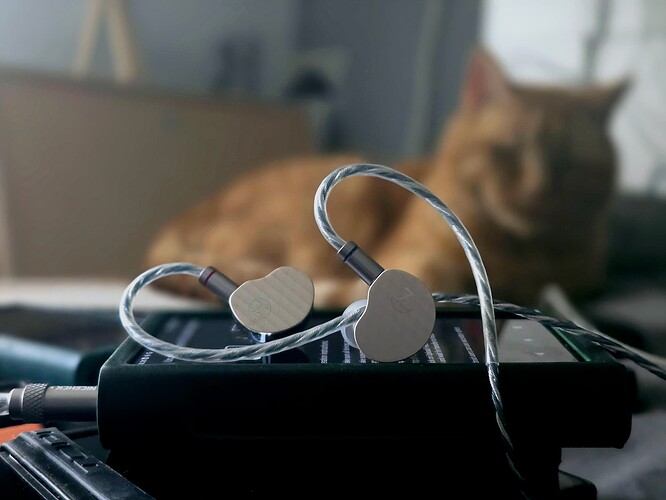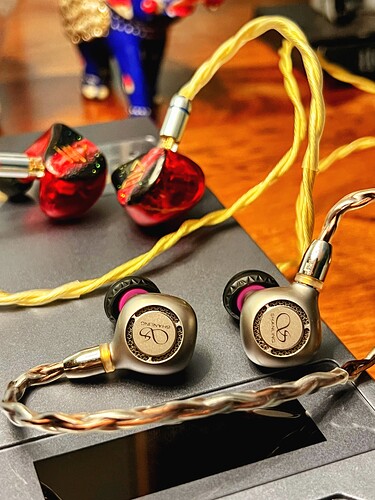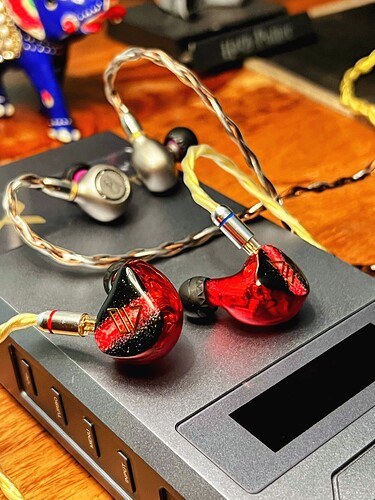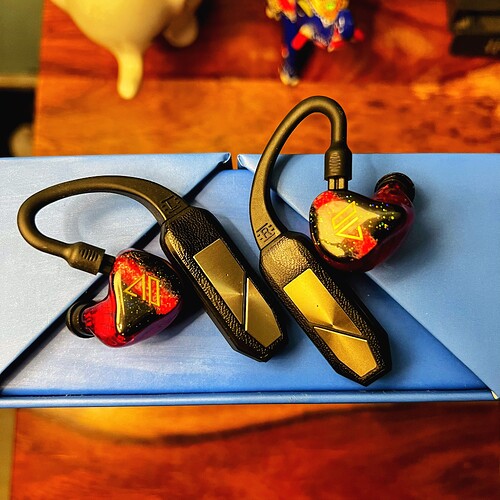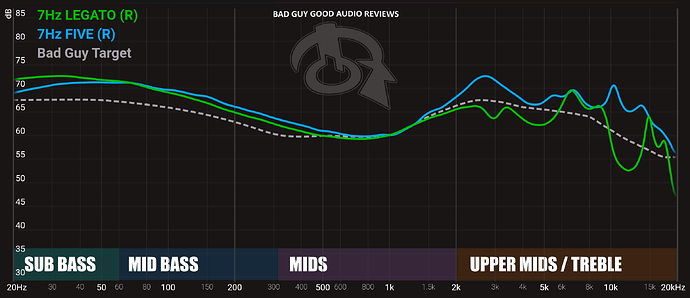Are you sure it is a coaxial output and not a regular LO as it is 3.5mm? Otherwise no clue…
There’s no digital to analog decoding involved when Digital signal is passing though the devices. I believe it’s the D16s DAC doing the decoding.
Obviously this is disclaimered as I do not know the details of the architecture on the DAP you are using as the transport nor even the actual DAP in question.
On a lot of streamers and DAPs the digital output path to the toslink/coax runs through the DAC. The true digital bypass runs through the USB. Consequently the DAC filters can impact the sound but I would be surprised if these changes were audible on a digital line out save for the death of your hearing at such high volumes required or the small subset of the population with superheroesque hearing abilities. Not sure what else it could be…? Any EQ compunding the issue?
There is also the possibility that the digital output could also be limited in it’s decoding abilities and formats it supports, as this is common in toslink/coax transport and toslink/coax inputs on DACs. This is in comparison to the USB capabilities. But yeah it may impact if your hearing allows for this.
Yup, I put the DAP in coaxial output and plugged into the 3.5mm coax input of the D16.
Also, D16 does not have any 3.5/4.4 analog inputs.
The DAP in question is FiiO M23.
How do I find out if the coax output on M23 passes through the DAC ?
I cannot claim for my hearing capabilities to be godly. I’m just an average Joe with decent hearing and have used a lot of gears in my journey.
But yes, I did hear slight differences in sound when I was changing the filters on the fly on M23.
Looks like software processing is done prior to the DAC and digital handover. So yeah the filters if they are most likely software recreations, could make an impact, subject to hearing abilities, as well as any sound/EQ processing, in addition to the digital out encoding/decoding potential limitation mentioned above.
For real? Doing that would at least dirty your own shoes as well…
since I’m a big fan of food from the ‘Land of the Rising Sun’…this would be a welcomed addition at the 7/11’s near me instead of the usual Ding Dongs… Big Bites and Taquitos

Been to a few 7/11’s in Japan and they are something else to the ones in the United States. The closest exception are the ones in Hawaii. Apparently they are a subsidiary to the Japan ones. I used to frequent them weekly when I lived there, both Okinawa and Hawaii, since returning to the mainland have yet to stop at one unless it was for gas.
Loving the 7hz Five it really opens up and digs deeper after about 30hours of use a really coherent set 5 dds acting like a single driver
Yeah. I have heard that the Five’s DDs need some burn-in time in order to sound really good.
Supposed to be a Penon thingy… ![]()
Any recommendations for a DAP that has a 3.5mm coax output which is not affected in anyway by the software processing?
One of my friends recently bought MG800 and I wanted to try it out to see how good (or bad) Shanling’s IEMs are as I’ve never heard any IEM from their lineup before.
I was in for a pleasant surprise. The vocals on the MG800 were simply outstanding. I happened to have Alpha Omega RA lying around and thought to compare the two and here are my thoughts.
To keep this fair, I used Eletech Baroque tips on both of them.
Sub Bass:
RA: The sub bass is deep and rumbly, making its presence felt without stealing the spotlight from instruments and vocals.
MG800: The sub bass is almost non-existent in comparison, lacking impact but making vocals and instruments pop out more.
Mid Bass:
RA: Packs a punch with defined mid bass that only gets better with power, delivering wonderful texture and weight.
MG800: The mid bass is just okay, lacking the bite and texture that RA offers. It’s not bad by any means, but you’ll miss the impactful drum hits when compared to RA.
Lower Mid Range:
MG800: Shines here with accurate, perfectly balanced male vocals that have slight warmth and the right amount of note weight. Male vocals feel effortlessly fluid.
RA: Stands out in vocal texture. While MG800 lets you hear the singers’ gasps, RA lets you feel them, adding a natural and intense realism.
Upper Mid Range:
MG800: Female vocals dominate with brilliant emotion and control over high and low pitches. However, it can cross the line into shimmer on certain tracks.
RA: Balances on the edge of sharpness and just-rightness, avoiding overt sharpness while delivering clear vocals.
Treble:
MG800: A mixed bag. Its airy treble makes instruments stand out due to the lesser sub and mid bass, but it can be slightly sibilant with a quick decay and a bit of sizzle.
RA: The treble feels just right without being excessive, offering good extension and a slightly slower decay. It’s less airy than MG800 but more defined and less sibilant.
Staging:
MG800: Has a mid-forward presentation with slightly wider staging for the instruments.
RA: Wins in overall width and depth. Vocals and instruments are perfectly layered with enough distance to avoid any clutter, making RA’s depth absolutely dominate.
So here’s my conclusion:
the RA offers powerful bass and immersive staging, while the MG800 excels in mid-range clarity and vocal performance. The RA’s texture and depth make it a standout, while the MG800’s precise vocal delivery makes it special in its own right.
New graph dropped on the 7hz Five from @hawaiibadboy
Appreciate you, sir! Any impressions so far? They graph like the upper mids/treble would be harsh but it’s smooth to my ears.
Graph surely looks ![]()
![]() (peaky and wonky)
(peaky and wonky)
Paul Wasabi literally labeled his graph for the 7Hz Five as “7HZ FIVE Might take 5 tries to get it right”. Look at his graph:
To the 7Hz tuner: Stop doing drugs!
That peak at 3K looks like an absolute disaster for my ears…. Oof





